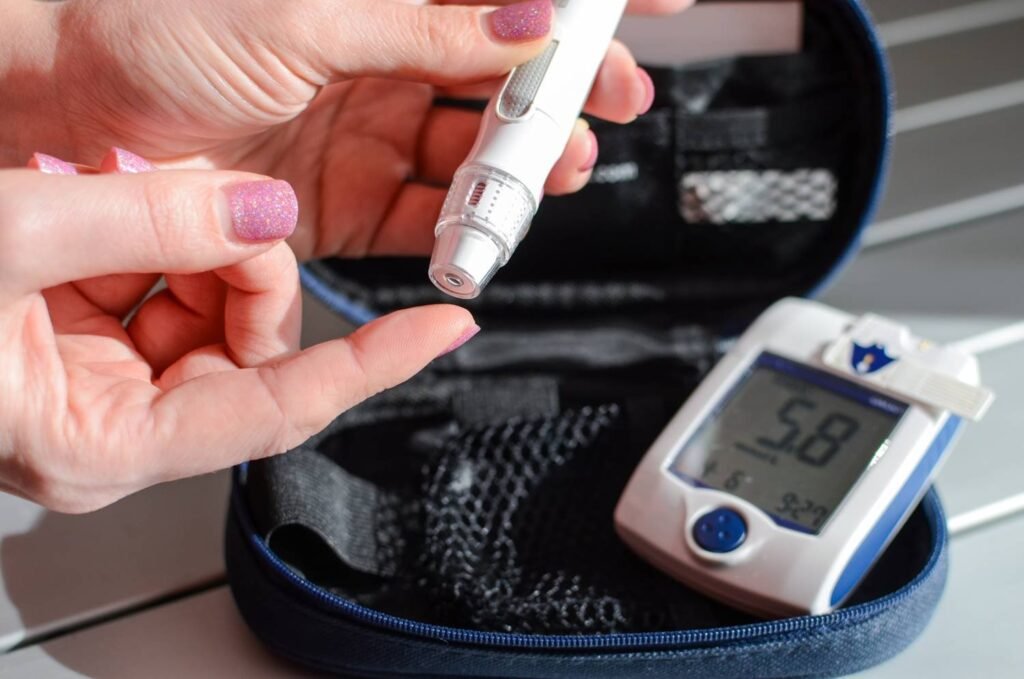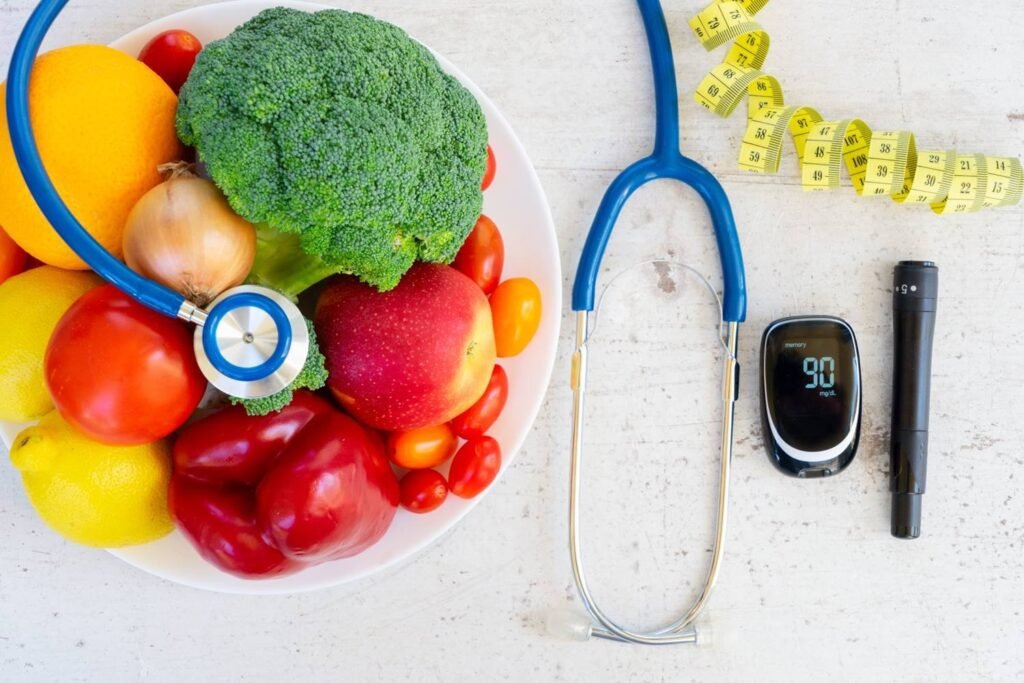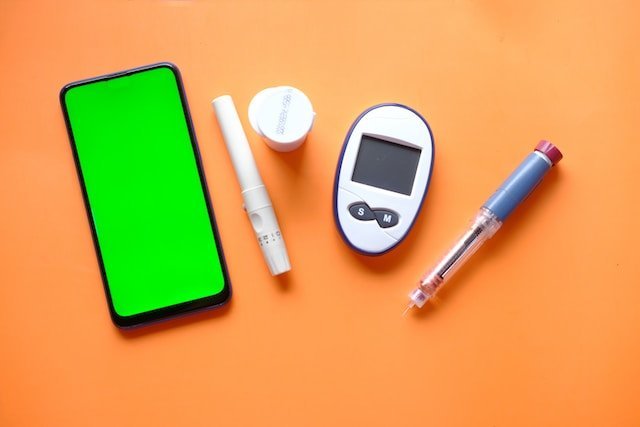Figuring out the optimal eating frequency for diabetes management can be complicated. While there are general guidelines, the right meal timing and snacking schedule for controlling blood sugar can vary based on the type of diabetes, medications, activity levels, and other factors. Understanding how often you need to eat is key for keeping blood glucose levels in a healthy range. Here are the few importance tips on How Often Does a Diabetic Need to Eat
Importance of Meal Timing
Eating regularly timed meals and spacing carbohydrates evenly throughout the day helps manage blood sugar fluctuations. This steady fueling approach can prevent blood sugar from spiking too high after meals or dropping too low between meals. Sticking to a consistent meal schedule also makes it easier to properly time medication dosing. So getting the right meal frequency helps diabetics optimize blood sugar control.
General Recommendations
Most diabetes experts recommend eating 3 modestly sized meals paired with 1-2 snacks per day. This eating pattern helps evenly distribute calories and carbohydrates. Here are some general guidelines that can work as a starting point:
– Breakfast – consume it within an hour of waking up
– Morning Snack – approximately 2 hours after breakfast
– Lunch – roughly 4-5 hours after breakfast
– Afternoon Snack – about 2 hours after lunch
– Dinner – within 6-8 hours of breakfast, at least 2 hours before bedtime
– Evening Snack – optional, at least 1 hour before bed
The timings can be adjusted based on individual schedules, appetite cues, medication routine, and daily blood sugar trends. It’s important not to go more than 5-6 hours without eating during the day.
Factors that Influence Meal Frequency
Several factors impact how often someone with diabetes needs to eat including:
– Type of diabetes – Type 1 diabetics are at higher risk of blood sugar drops and need to eat regularly to match insulin dosing. Type 2 diabetics aren’t as prone to hypoglycemia but still need to time meals for optimal glucose control.
– Medications – Meal frequency should fit with prescribed diabetes medications. With insulin therapy, consistent carb intake is key to match the action time of insulin. Some oral meds also impact meal spacing needs.
– Activity level – More active people may require additional snacks to fuel physical activity and prevent hypoglycemia during and after exercise. Activity also impacts insulin sensitivity which can alter food needs.
– Pregnancy status – Pregnant diabetics have greater insulin resistance. Smaller, more frequent meals work best to manage the rapid blood sugar fluctuations of pregnancy.
– Age – Growing children with diabetes need to eat more frequently – up to 6 times daily. As people age, their nutritional needs and ability to regulate blood sugar changes.
– Individual nutritional needs – Factors like BMI, growth needs, appetite and personal metabolism help determine ideal total calories and meal frequency.
– Personal schedule/lifestyle – For shift workers, very busy schedules or frequent travel, meal timings require greater flexibility but blood sugar checks are still key.

How Often Does a Diabetic Need to Eat: Tips for Determining Best Meal Frequency
There are some steps diabetics can take to optimize meal spacing:
– Work with your doctor and dietitian to develop an individualized meal plan
– Monitor your blood sugar regularly to spot patterns and trends
– Keep a food log to identify ideal meal timings for your body
– Time carb intake to best match your medications and activity
– Pay attention to your body’s signals of hunger and fullness
– Adjust your schedule to accommodate consistent meal times
– Always have healthy snacks on hand to prevent large gaps without food
– Plan ahead for changes in routine like travel or busy days
While general diabetes eating guides suggest 3 meals and 1-2 snacks daily, pay attention to your body’s unique hunger signals, blood sugar trends, and lifestyle schedule to determine the optimal meal frequency just for you. Consistency is key for maintaining healthy blood glucose levels all day long.
Best Snacks for Diabetics
Choosing the right snacks to help maintain blood sugar control is key when you need to eat often throughout the day. Here are some smart snack options:
Fresh fruits- Apples, berries, oranges, grapefruit, peaches, pears, cherries
Vegetables- Carrots, celery, bell peppers, cucumbers, snap peas, broccoli
Whole grains- Oatmeal, quinoa, whole grain toast
Protein- Lean meats, eggs, cheese, Greek yogurt, nut butters
Nuts and seeds- Examples include almonds, walnuts, and pumpkin seeds
Popcorn- Low-fat, high-fiber plain popcorn
Nutrition bars- Those high in fiber and protein, low in sugar
Smoothies- With Greek yogurt and fresh or frozen fruit
Choose snacks that offer nutrition, fiber, and smart carbs to help manage your hunger and prevent blood sugar spikes and crashes. Pairing carbohydrates with protein, fat or fiber slows the digestion keeping blood sugar steadier.
Sample Meal Schedule for a Diabetic: How Often Does a Diabetic Need to Eat
To give you an idea of how to time your meals and snacks, here is a sample daily meal plan for a person with diabetes:
7am – Breakfast: Oatmeal with berries and nuts, Greek yogurt, coffee
9:30am – Snack: Apple with peanut butter
12pm – Lunch: Grilled chicken sandwich on whole grain bread, carrot sticks
3pm – Snack: Hummus with bell peppers and whole grain crackers
6pm – Dinner: Lentil soup, garden salad with vinaigrette, whole grain dinner roll
9pm – Snack: Air-popped popcorn
This provides a balanced mix of protein, carbs and fat spaced evenly about every 3-4 hours to maintain steady blood sugar throughout the day. You would adjust your personal schedule and food choices as needed.

Tips for Eating Out with Diabetes
It can be trickier to manage meal frequency and carbohydrate amounts when eating meals prepared outside the home. Here are some tips:
– Review menus and nutrition info online ahead of time when possible
– Choose grilled, baked or broiled lean proteins
– Ask for dressings, sauces and condiments on the side
– Substitute veggies or side salads instead of starchy sides
– Request smaller or half-portions to control portions
– Carry a healthy snack like nuts or an apple to have on hand
– Balance higher carb meals with activity after eating
– Don’t be afraid to make special requests to accommodate your diet
Careful planning and smart substitutions can help you work restaurant meals into your ideal eating schedule. Make sure to still monitor blood sugar before and after dining out.
Eating at regular intervals throughout the day is critical for maintaining healthy blood glucose levels with diabetes. While general recommendations suggest 3 meals and 1-2 snacks daily, your ideal meal frequency depends on many individual factors. Pay attention to your body’s cues and work with your healthcare team to determine the best eating schedule for optimal diabetes control.

Additional Tips for Diabetic Meal Timing : How Often Does a Diabetic Need to Eat
Here are some extra tips to help diabetics find the right meal frequency and spacing:
– Vary your carb choices at meals to prevent boredom. Try new foods like quinoa, lentils, and avocado as part of a balanced diet.
– Take glucose readings before exercising to see if a carb-containing snack is needed beforehand to prevent drops in blood sugar.
– Manage stress through relaxing activities to prevent spikes in blood sugar that stress hormones can cause. Deep breathing, meditation, and yoga are great options.
– Stay hydrated by drinking water, unsweetened tea, and other zero-calorie beverages throughout the day. Dehydration can impact blood sugar.
– Choose healthy fats like olive oil, avocados, nuts, seeds, and fatty fish to help control hunger between meals.
– If your morning blood sugar is elevated, a light walk after dinner the night before can help lower fasting glucose levels.
– Set reminders on your phone, calendar or smart watch to prompt you to eat and take medications on schedule. This can help increase consistency.
– Pack snacks when traveling or running errands so you don’t get caught without food when it’s time for a meal or snack. Planning prevents problems.
– Talk to your doctor if you experience hypoglycemia overnight. A bedtime snack may be needed to maintain safe blood sugar while sleeping.
– Review your blood sugar data weekly. Look at any patterns requiring medication or meal timing adjustments to optimize diabetes control.
Paying attention to the details – like ideal meal spacing and smart snack choices – is essential for keeping blood sugar stable. Consult your healthcare providers regularly to make sure your eating schedule aligns with your diabetes management plan.
Explore more topics – WHAT IS BALANCED DIET: DECODING THE ART OF NOURISHING BALANCE IN YOUR DIET






















